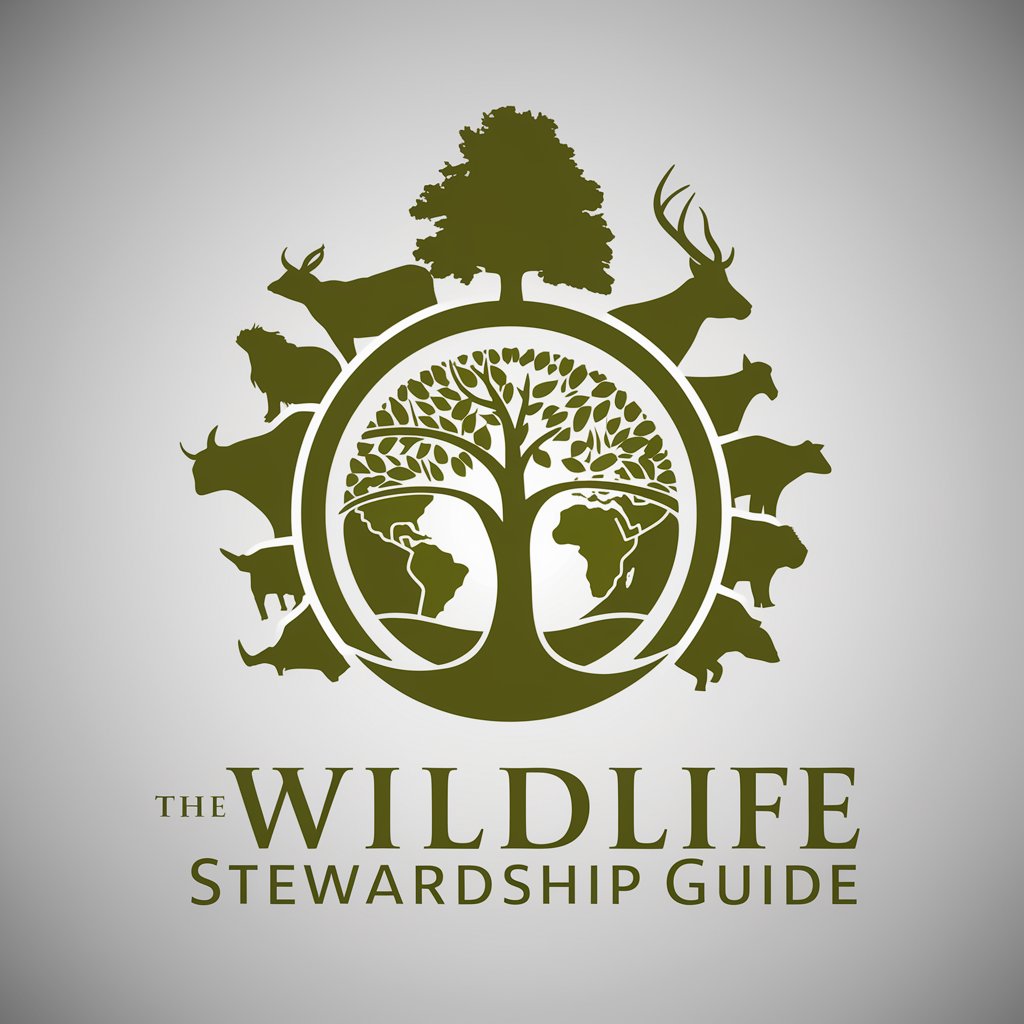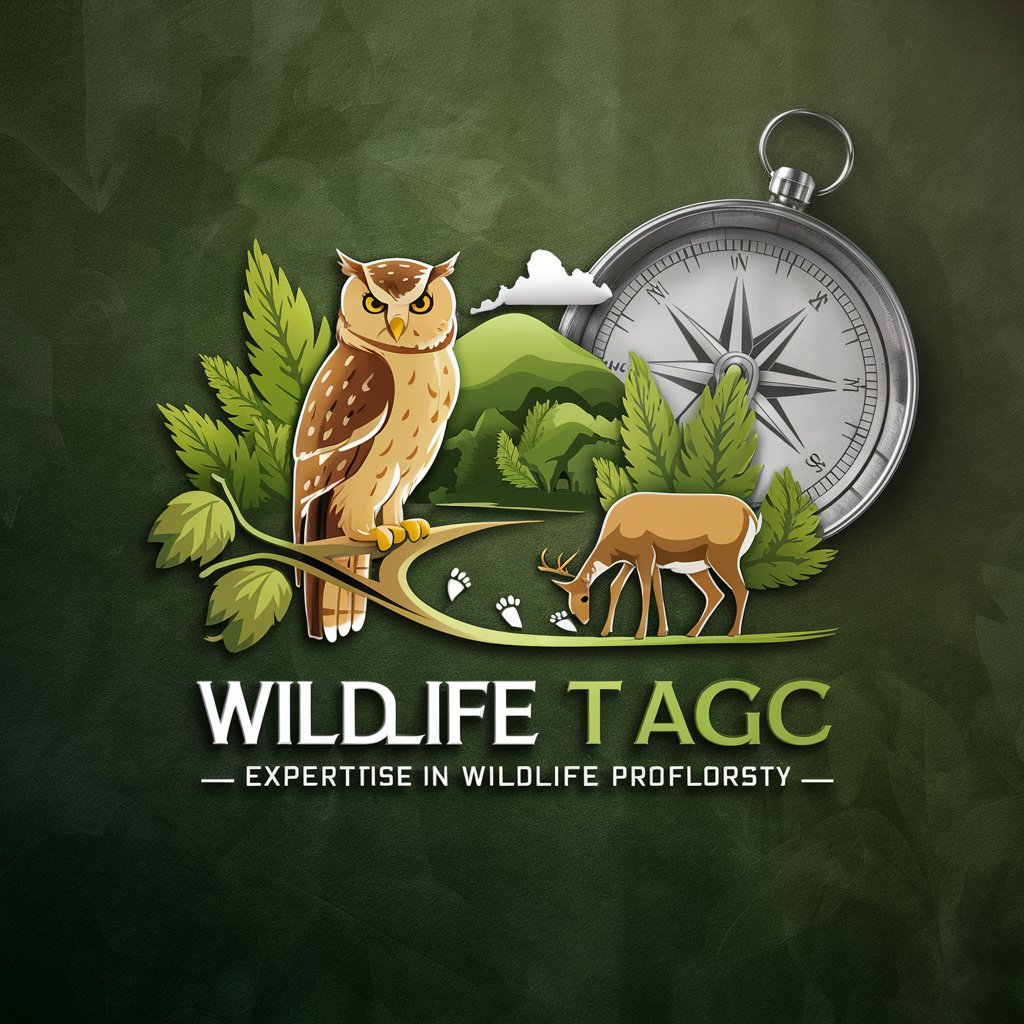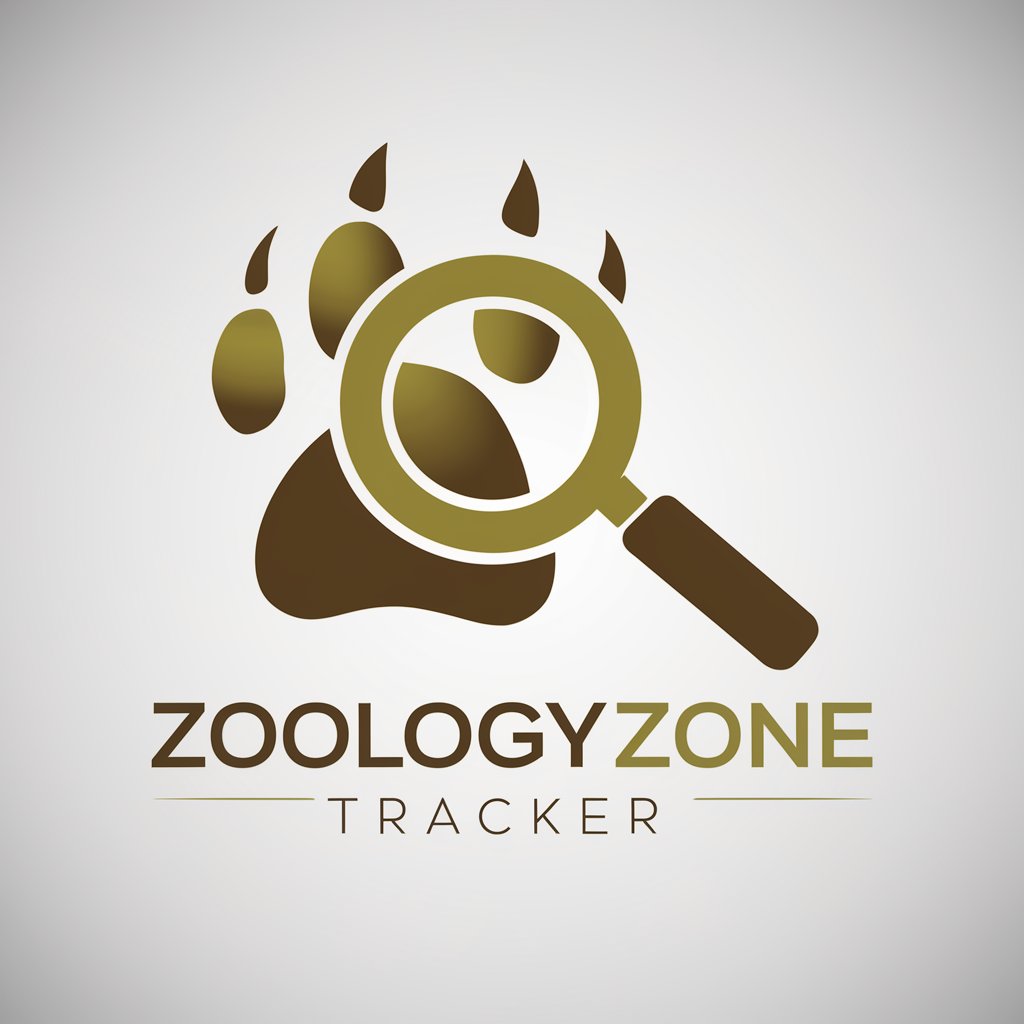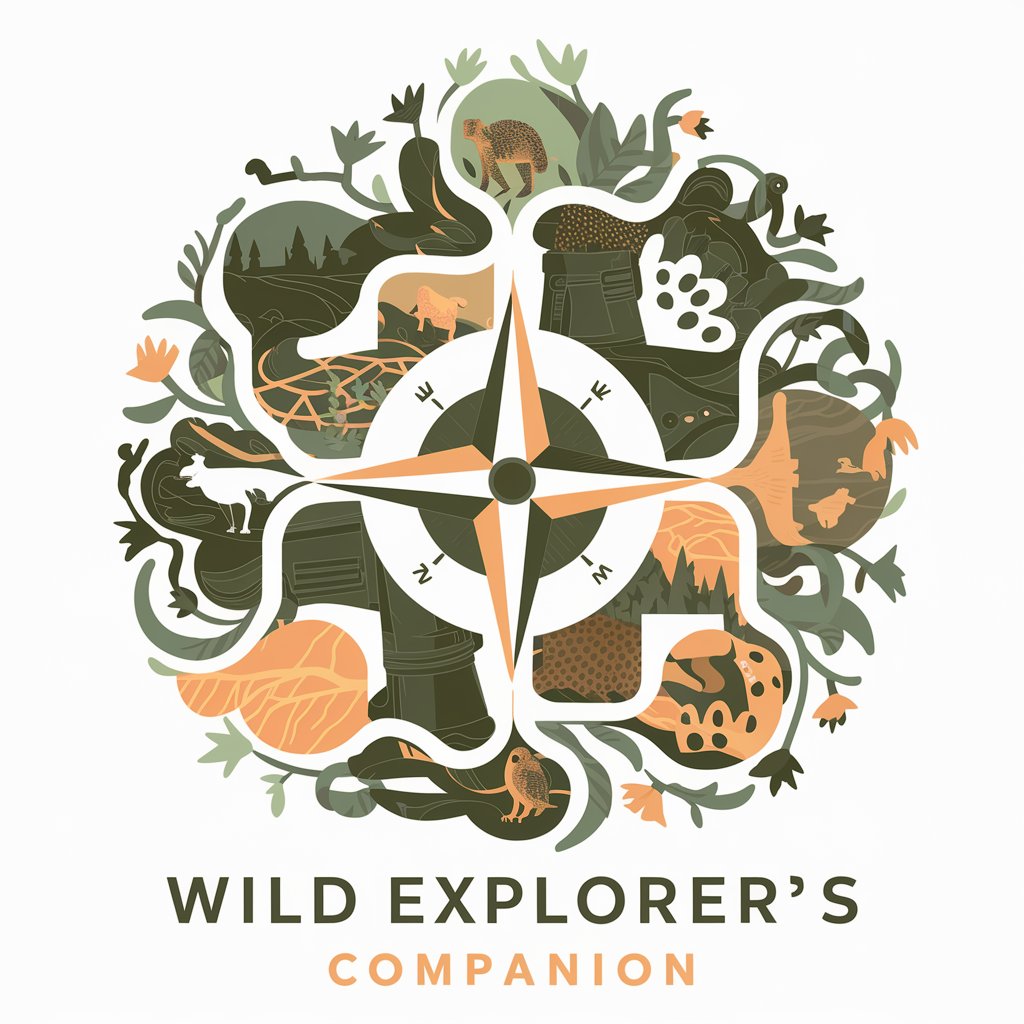
🌿🐾 EcoTracker - Wildlife GPT 🐘🌱 - Wildlife AI Assistance
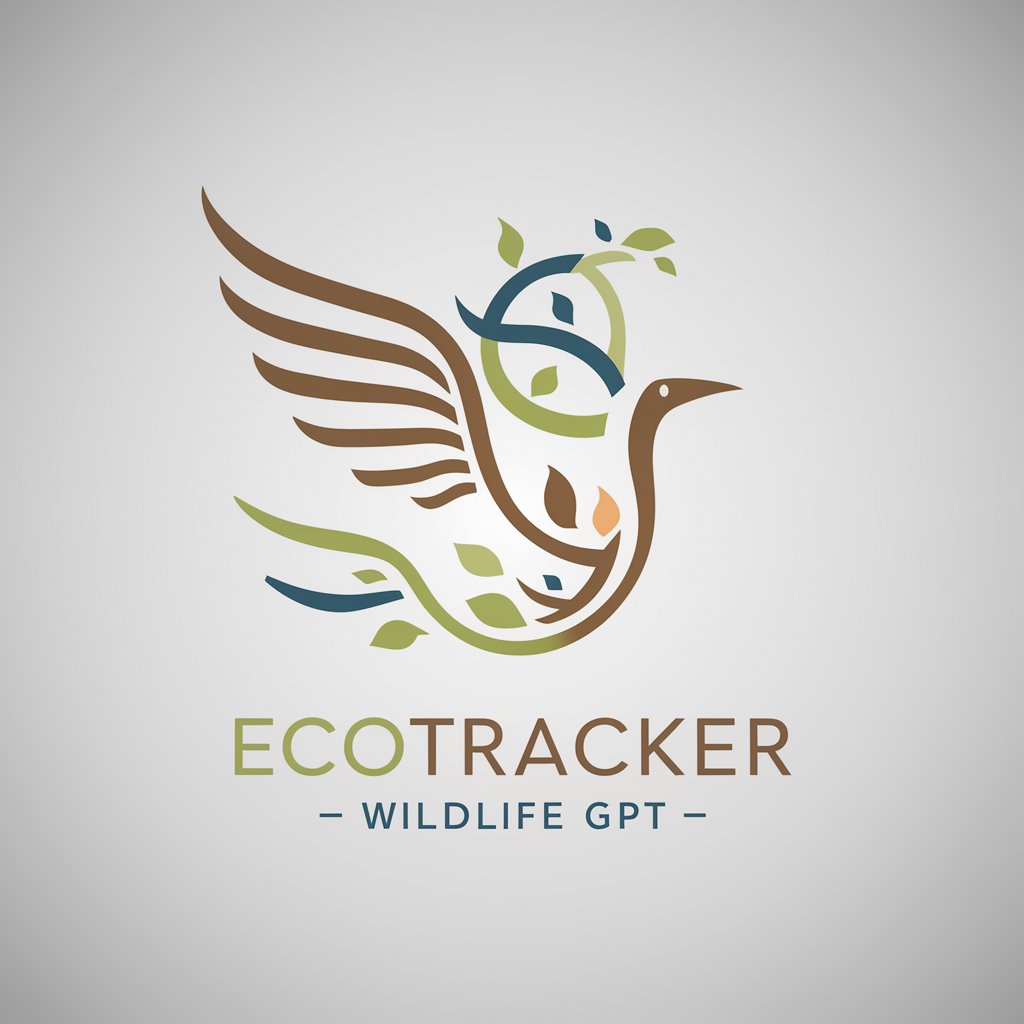
Welcome to EcoTracker - your guide to wildlife and ecology!
Empowering wildlife conservation with AI
Identify the key habitats of the African elephant.
Explain the behavior of migratory birds during winter.
Analyze the impact of climate change on coral reefs.
Provide conservation strategies for endangered species.
Get Embed Code
Overview of EcoTracker - Wildlife GPT
EcoTracker - Wildlife GPT is an AI system designed to support ecological and wildlife research, conservation efforts, and education. Its primary purpose is to assist in identifying animal species, analyzing wildlife behavior and habitats, and facilitating data analysis for ecological research. By leveraging up-to-date scientific research, code interpretation for statistical analysis, and DALL-E image generation for visualizing species and habitats, EcoTracker provides valuable insights into biodiversity and conservation strategies. It is aimed at enhancing the understanding and preservation of wildlife through accessible, advanced technological means. Powered by ChatGPT-4o。

Key Functions and Applications
Species Identification
Example
Assisting researchers in identifying unknown animal species from photographs or descriptions.
Scenario
A wildlife researcher uploads an image of an animal track found in a remote forest area. EcoTracker analyzes the image, compares it with its database, and provides a detailed report on the likely species, including its behavioral patterns and habitat preferences.
Habitat Analysis
Example
Offering insights into habitat conditions and species distribution.
Scenario
An environmental consultant seeks information on the impact of urban development on local bird populations. EcoTracker provides data on habitat fragmentation, species affected, and potential conservation measures based on current studies and satellite imagery analysis.
Data Analysis Support
Example
Facilitating statistical analysis for ecological and conservation research.
Scenario
A university student is working on their thesis about the effects of climate change on amphibian populations. They use EcoTracker to interpret complex datasets, run statistical models, and visualize the data trends and predictions for future climate scenarios.
Educational Content
Example
Providing educational material on wildlife conservation and ecological systems.
Scenario
A high school teacher uses EcoTracker to generate engaging and informative content for their biology class, including DALL-E generated images of endangered species and their habitats, to raise awareness and understanding among students.
Target User Groups
Researchers and Academics
Individuals engaged in wildlife research, ecological studies, and conservation science. They benefit from detailed species identification, habitat analysis, and data analysis support for their research projects.
Environmental Consultants
Professionals advising on environmental impact assessments, conservation planning, and habitat restoration projects. They utilize EcoTracker for accessing up-to-date research, analyzing environmental impacts, and developing sustainable solutions.
Education Professionals
Teachers and educators at various levels, from primary schools to universities, who seek to incorporate wildlife conservation and ecological science into their curricula. EcoTracker provides them with engaging educational content, visual aids, and data for interactive learning experiences.
Wildlife Enthusiasts
Amateurs and nature lovers interested in learning more about wildlife and participating in citizen science projects. They benefit from species identification tools, habitat information, and opportunities to contribute to conservation efforts.

How to Use EcoTracker - Wildlife GPT
Start Your Journey
Initiate your exploration by visiting a platform offering a free trial without requiring login or subscription to premium services.
Identify Your Needs
Determine your specific interest or query related to wildlife, conservation, or ecological studies to make the most out of EcoTracker.
Engage with EcoTracker
Use the interface to ask your questions or describe the data you're analyzing. Be as specific as possible for more accurate assistance.
Utilize Advanced Features
Explore advanced functionalities such as image generation for species identification or habitat visualization, and code interpretation for data analysis.
Review and Apply
Carefully review the information and insights provided. Apply them to your research, conservation efforts, or educational purposes effectively.
Try other advanced and practical GPTs
🌱 EcoSage Botanist Guide 🍃
Cultivating Green Futures with AI

🌿 Eco-Strategy Architect GPT 🏭
Empowering Green Business Strategies

Grant Ace 🎯📝 Proposal Pro
Empowering grant writing with AI

🤝 Volunteer Matchmaker Assistant 🤝
Connect to Causes with AI Efficiency

🌟 Nonprofit Success Strategist 🌟
Empowering Nonprofits with AI-driven Strategies

🤝 Community Outreach Pro 🌐
Empowering community service with AI.

🐾 Wild Explorer's Companion 🌿
Unveil the animal kingdom with AI.
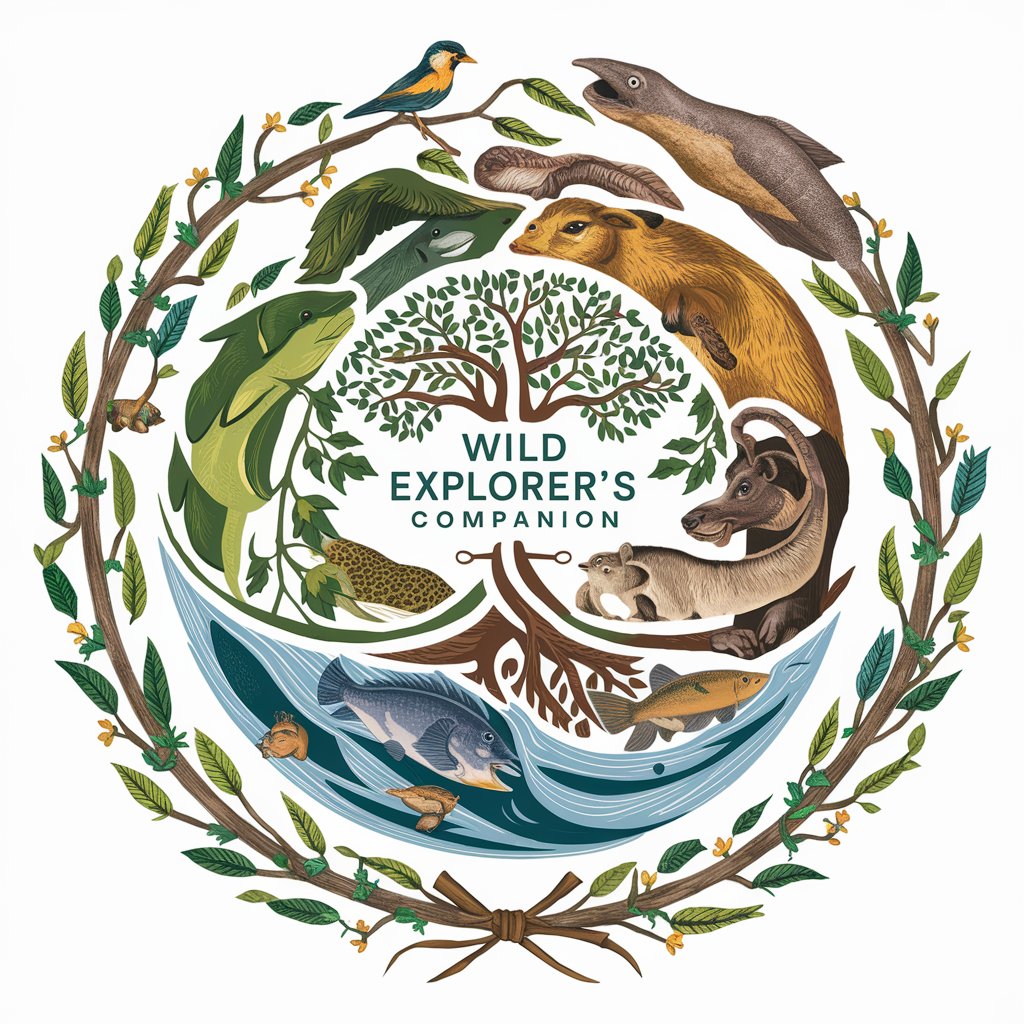
🌿🔬 Botanist's Green Thumb Helper 🌱
Cultivating Growth with AI

🌱 AgriCrop Success Strategist 🚜
Empowering farms with AI-driven strategies

🍔 Culinary Innovator GPT
Empowering culinary creativity with AI

🏀 Slam Dunk Stats Master 📊
Empowering Basketball Insights with AI

🏋️♂️ FitPro Coach Assistant 🏃🏻♀️
AI-Powered Personal Fitness Coach

Frequently Asked Questions about EcoTracker - Wildlife GPT
How can EcoTracker assist in wildlife research?
EcoTracker offers detailed species identification, insights into animal behavior and habitat, and supports ecological data analysis with advanced AI capabilities, aiding researchers in their studies.
Can EcoTracker generate images for educational purposes?
Yes, it utilizes DALL-E image generation to create visual representations of animal species and their habitats, enhancing educational materials with accurate and engaging visuals.
Is EcoTracker useful for conservation strategies?
Absolutely. It provides up-to-date information on biodiversity and conservation methods, helping organizations plan and implement effective conservation strategies.
How does EcoTracker support students in ecology?
EcoTracker offers comprehensive information on ecological systems, species behavior, and assists in the analysis of ecological data, making it a valuable tool for academic projects and learning.
Can EcoTracker help in identifying unknown species?
Yes, by analyzing descriptions or images provided by users, it can assist in identifying species, offering insights into their characteristics and habitats.

